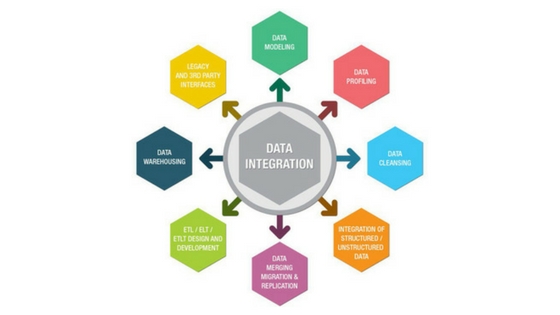Does your business require a data integration solution? There are plenty of businesses out there effectively using data integration solutions to support many of their projects and initiatives. These solutions are implemented when data needs to be transferred or merged from different sources or systems.
In this article, we’ll cover some of the different scenarios where a data integration solution could help your business, and what steps you need to take to implement it.
Recommended: How to Add Bots to Your Discord Server?

First things first, how do I know whether I even need a data integration solution?
Good question. There are a few different business scenarios in which we’d recommend implementing a data integration solution. Ask yourself the following questions:
Do you have multiple businesses with disparate data that you need to merge into one place to better serve your customers?
Do you have data spread across different applications or systems that you need to integrate for a specific business process or project?
Are you about to kickstart a new application or system for your business?
If you answered yes to any or all of the above, then you’re in need of a data integration solution.
So, how exactly do I get started with implementing a data integration solution?
We’ve got you covered. Read on for our simple 5 step implementation plan:
#1. Find a good provider that you can work closely with, and create a schedule listing out the tasks required in order of priority
Close collaboration with the vendor that you select to deploy your data integration solution is a must. They’re going to need to understand your business requirements fully, so don’t hold back on the details. The more you share about your existing data and what you’re looking for, the more they can work out the best solution for you.
You will also need to share any critical deployment deadlines with your provider so they can prioritise the data integration. If you’re getting this done for the deployment of a new application, stress the importance of the data being integrated before it needs to go live.
#2. Identify the data integration interface that you’ll need
There are two kinds of interfaces for data integration solutions for two different business requirements:
- You could get a one-way interface, where data is sent directly from point A to point B without any return.
- With a two-way interface, data can be sent back and forth between two applications.
The interface that you opt for will depend on whether you want to just deliver the data to another source without needing any data back in return or not.
#3. Choose the appropriate interface medium for you
When you’re selecting the right medium for the deployment of your data integration solution, don’t just focus on what you currently require. Think about any potential future needs, as well as the volume of data that will need to be integrated over time.
Some of the most popular data integration methods include spreadsheets, XML and direct connection of database among others.
#4. Keep a close eye on the process
As much as your provider may hate it, it is important for you to monitor the data integration process closely. Put some checkpoints in place so any errors can be spotted and solved before it’s deployed. Again, try and keep the future needs of your business in mind when monitoring the process and finalising the design.
#5. Keep your valuable data secure
Throughout the process, you need to ensure that security policies are in place to protect the data. If the data is being transferred using an encrypted network, you may not need to worry about this. But if it is being transferred online, security measures must be taken.
Related Post:
- Chamelephon Apk Download to Fix Invalid IMEI Problem In Any Android Phone
- QuickTime for Windows 10 – How to Install QuickTime on Windows 10
- Netflix APK – Netflix APP Download For Android and PC
